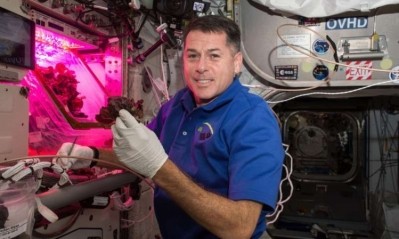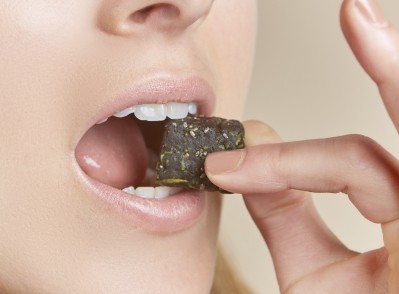Rocket fuel: Million-dollar maths tools will help NASA keep space food vitamin-rich

The user-friendly tool was developed for NASA by researchers at the University of Massachusetts at Amherst with after it was given a grant of close to one million dollars ($982,685) to help the US space agency predict the degradation of vitamins over time in spaceflight food, and more accurately and efficiently schedule resupplying trips.
"There was no information available from literature to directly answer the questions and concerns that NASA had," explained Professor Hang Xiao, senior author of the study. "We used real-time, real-life data in our study to train the mathematical model and to determine how predictive and reliable the model would be."
Writing in the journal Food Chemistry, Xiao and colleagues describe how they painstakingly prepared and stored 3,000-plus pouches of spaceflight food according to the exact NASA recipes, thermal processing and storage specifications that are used for astronauts' meals on the International Space Station.
The model was found to be able to predict vitamin degradation over time with 'high precision', which will enable NASA to provide astronauts with the nutrition they need without resorting to the use of supplements, said Xiao.
Nutrient-rich space food
"Proving the model was as simple as comparing these measured values from two years of storage to what was predicted as early as 12 months prior," said lead author Timothy Goulette, who was a UMass Amherst food science Ph.D. student during the study period.
Work done by the team has for the first time shown how thiamine (vitamin B1) degrades over two years in three crew menu options: brown rice, split pea soup and beef brisket.
Xiao said it is ‘quite surprising’ to find that while the brown rice and split pea soup stored at 20 C demonstrated resistance to thiamine degradation, the thiamine in beef brisket was much less stable, retaining only 3% of the vitamin after two years.
The research team suggested that the surprisingly higher rate of vitamin degradation in the beef may be related to the lipid oxidation of fat during thermal processing or over time.
"Different foods have different physical and chemical properties that make thiamine more or less stable," said Goulett.
Mission to Mars
The team noted that the new modelling tool will be especially important as NASA plans for the first human mission to Mars.
"On their longest duration missions, the need to understand the nutritional content of their foods is paramount," said Goulette.
"NASA will be able to use a minimal amount of data to quickly and accurately predict the vitamin content of a given food at any given time at a reasonable temperature," he added.
"The tool can be used for several applications, not just vitamins but other biological compounds."
The team also noted that NASA emphasises the importance of getting nutrients from food naturally.
"It's preferred for better health," said Xiao. "More and more research shows that your body handles a pill of vitamins differently from real food like pea soup."
Maintaining nutrition through familiar food has other benefits for space crews beyond their physical health, especially on longer missions, added Goulette.
"NASA wants to make sure the crew gets that psychological edge of having a connection to back home on Earth. There's a great emotional and psychological pull to food when nothing around you reminds you of home,” he said.
Source: Food Chemistry
Volume 302, 1 January 2020, 125365, doi: 10.1016/j.foodchem.2019.125365
“Kinetic parameters of thiamine degradation in NASA spaceflight foods determined by the endpoints method for long-term storage”
Authors: Timothy R.Goulette, et al















